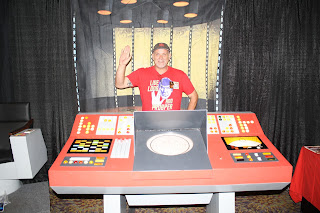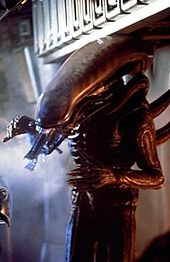Max—The title character is a Belgian Malinois, which looks like a dark-faced German Shepherd, who suffers from PTSD after deployment to Afghanistan sniffing out Taliban weapons caches for the Marines. He gets adopted by the Texas family of his late handler Kyle, and bonds with Kyle’s younger brother Justin (Josh Wiggins), a snotty video-game junkie (and bootlegger).
Working with the dog gives Justin a better attitude, and a sassy but truehearted young girlfriend (Mia Xitlali) with a talent for dog training—the house where she lives is full of Chihuahuas, and if she can train them, I say she’s a true whisperer. Unfortunately, one of the handler’s fellow Marines is a low-down dirty crook with a grudge against Max, and now that he’s back stateside he pollutes the dog’s reputation with Justin’s Dad (Thomas Haden Church). Pretty soon Max, Justin and their friends are running for their lives from a bunch of arms-dealer heavies and their attack Rottweilers.
This corny, very old-fashioned boy-and-his-dog tale was co-written and directed by Boaz Yakin, who, back in his memorable 1994 directorial debut Fresh, showed us a dog being hanged. The canines here have it rough too, which may be difficult for the many people sensitive to depictions of animal suffering. The (seemingly smaller) segment of the audience sensitive to bad dialogue may have a hard time with the excruciating attempts at adolescent banter and dysfunctional family squabbles.
If you (and your kids) can get past all this, however, Max is quite enjoyable on its own terms—nicely shot by cinematographer Stefan Czapsky, with exciting action scenes, and as well acted as can be expected considering the clumsy, self-conscious dialogue. The standout performer is “Carlos,” who principally played Max—what a beautiful creature, and what soulful, convincing, heart-wrenching performance Yakin and the trainers elicited from him, and from the several other dogs who contributed to the role.
At the less glamorous end of the cast, it gave me a pang to see Lauren Graham, lovely and beguiling star of Gilmore Girls, playing the drearily conventional part of Justin’s Mom. Who would have thought that the delicious Graham would end up second fiddle to a 21st-Century Rin-Tin-Tin?
One other note: At the screening of Max that I attended Kyrsten Sinema, Representative from Arizona’s 9th Congressional District, spoke briefly before the film in support of The Military Working Dog Retirement Act, which she co-sponsored. This seems to me legislation to which almost anyone, regardless of political persuasion, could lend their support. Except, of course, for meanies who hate dogs.
At the less glamorous end of the cast, it gave me a pang to see Lauren Graham, lovely and beguiling star of Gilmore Girls, playing the drearily conventional part of Justin’s Mom. Who would have thought that the delicious Graham would end up second fiddle to a 21st-Century Rin-Tin-Tin?
One other note: At the screening of Max that I attended Kyrsten Sinema, Representative from Arizona’s 9th Congressional District, spoke briefly before the film in support of The Military Working Dog Retirement Act, which she co-sponsored. This seems to me legislation to which almost anyone, regardless of political persuasion, could lend their support. Except, of course, for meanies who hate dogs.






















